Many photographers face the dilemma of replacing their camera or lens soon after they become enthusiastic about taking pictures. If you own a DSLR or mirrorless camera, you have most likely thought about making a change.
The best answer to this question depends on two things. What do you already have? What do you most like to photograph?
In this article, we’ll take a look at why you might want to upgrade at all and when it’s good to do so. You’ll also get an overview of the most important options available when replacing your gear. There are also good reasons to be content with the gear you have.
Contents
Camera equipment can be very expensive. If
Why Upgrading Sounds Tempting?
Ask yourself what’s really driving the urge? This is a critical question to ask yourself early in your decision-making process. Many photographers like to show off their newest gear. Others believe switching to a better camera or lens will empower them to take superior photographs.
New technology is attractive to many people. Being able to have the latest available camera body often has advantages, including improved autofocus performance. But will you make the most of it, or do you just want it to boost your ego?
Before I purchase a new camera body, I need to know if it has features that the body I currently use does not have or if it has significantly improved abilities. I also need to know that the improvements are ones that I will use.
If a new camera is promoted as having more advanced video features and more megapixels on the sensor, this may sound attractive. But if you don’t take many videos and mainly share your photos online, then these two features are not going to mean much to you practically.
When you are still only using your kit lens and want to start photographing birds or wildlife, a new lens can make a world of difference. With lenses, technology does not change so rapidly. The most likely reason you’ll think about buying a new lens is that the ones you use are not capable of taking the types of photos you want to.
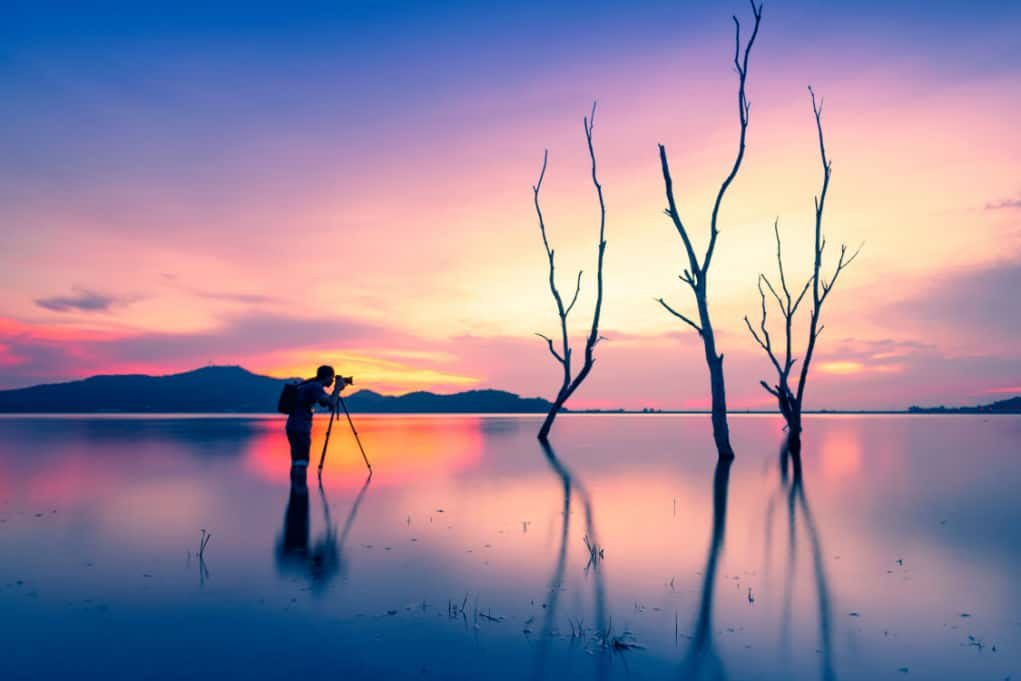
Does Your Current Camera Body Sufficiently Meet Your Needs?
I am still currently using my beloved Nikon D800. I bought it new when it was first released, about eight years ago. The main attraction to me in this full frame camera was its ability to record video on a full-frame sensor. None of my previous cameras had been capable of this. Because I produce a lot of videos, this upgrade was significant for me and well worth spending the money on.
The megapixel count was also triple that of the camera I was using at the time, the Nikon D700. This was not such a compelling feature at the time, but one I quickly grew to appreciate.
I was able to then sell the large video camera I had been using.
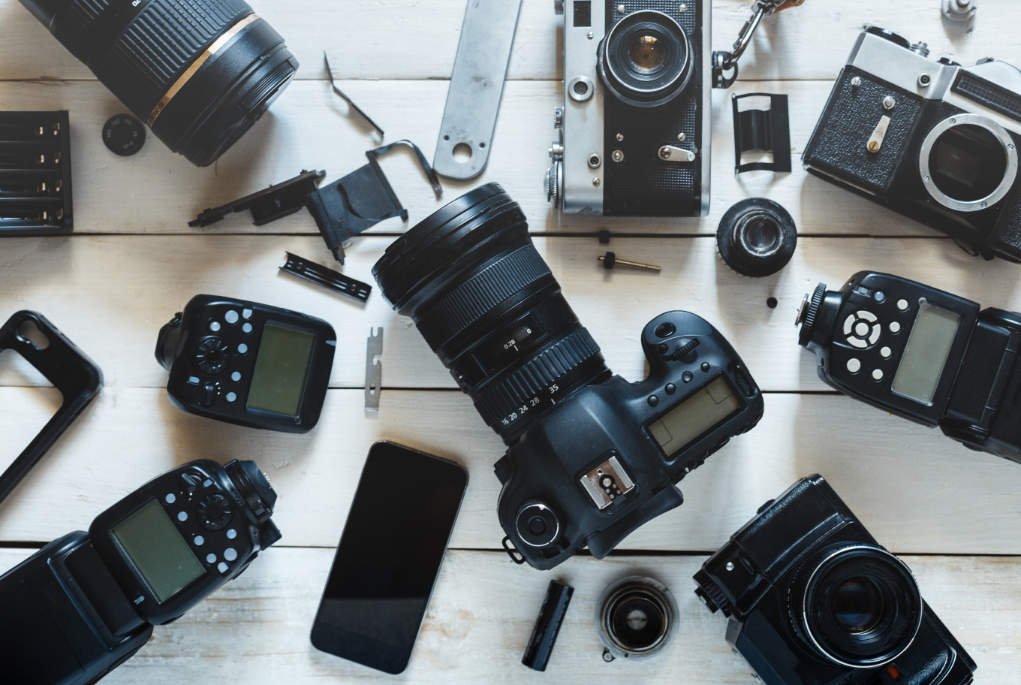
Is Your Camera Quality Good Enough?
A while back, we had a
I asked her why. Her reply was that she did not think her current DSLR was producing good-quality photos, even though it was an entry-level camera of good quality. I told her the camera she was using was capable of producing better photos than most of the cameras I’d ever used, and I encouraged her to focus on learning to love the camera she already had.
She took my encouragement, and it was wonderful to see how much her
If the camera body you are using is providing you with high-tech images, you might want to consider investing in a new lens or taking a photography course to strengthen your skills.

How Significant Will the Upgrade Be to the Quality of Your Photos?
One of the most significant things making a difference to image quality in camera bodies is the size of the sensor. A full-frame sensor generally has more megapixels and produces better images than a smaller sensor does.
Sensor technology seems to have plateaued in recent years, so differences in image quality are not so noticeable as they used to be. A jump in the number of megapixels is not going to make much practical difference unless you’re using a very old DSLR camera.
A new camera is going to work well in low light than an older one. This is one aspect of the technology that’s been consistently improving since the beginning of digital
Auto-focus speed is another advantage that newer camera bodies possess. This can be more critical for some photographers than others, depending on what genres of
Getting a new lens is more likely to make a difference to the quality of your photos.
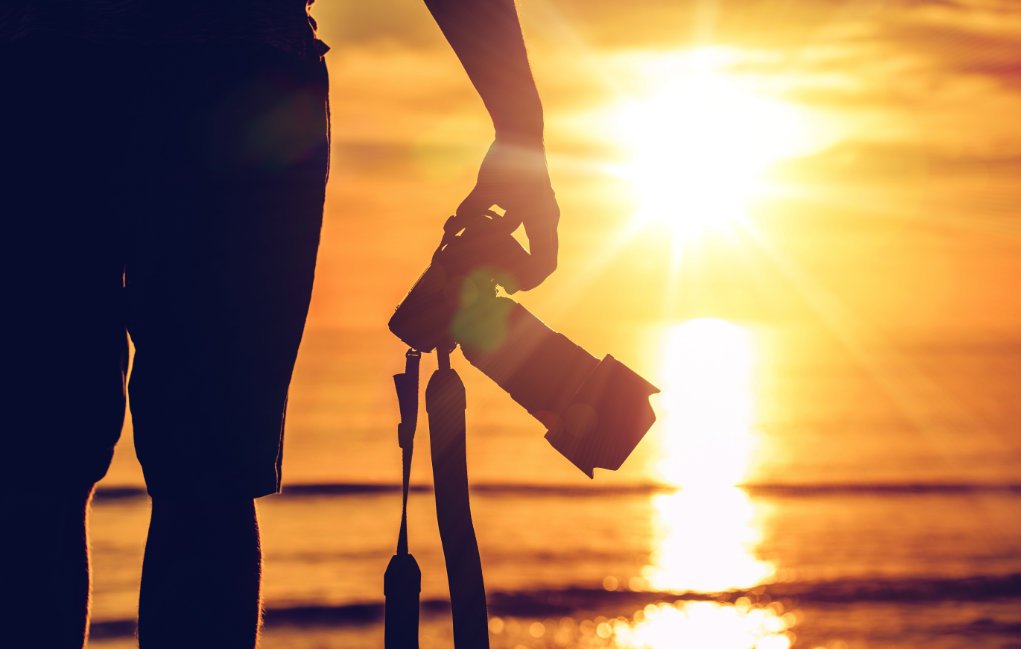
The Benefits of Working With the Camera Equipment You Already Have
Many photographers believe that improving requires buying new equipment. While it is very important, it doesn’t have to define your work. Give a professional a cheap camera, and they’re likely to find a way to take stunning photographs.
Don’t be discouraged if you can’t afford the latest equipment. What you already have can help you become a more creative and imaginative artist. No matter what you’re working with, you have the potential to take your photographs to the next level.
Let’s look into some of the benefits of using your existing equipment.
You’re More Inclined to See Potential in Simple Things

Limited camera equipment will allow you to focus on your surroundings more intensely. Light, shadows, and shapes are likely to stand out more to you.
Creativity has the potential to thrive in a limited environment. It’s natural for humans to make the most of what they have in restricted circumstances. Your limitations can force you to appreciate things that others overlook. This challenge can help you strengthen your imagination and come up with original ideas for your work.
How?
Ask yourself questions like, “How can I make this subject look as artistic as possible with what I have?” This will encourage you to experiment with various techniques and effects. Ultimately, these experiments will lead to great pictures and a lot of helpful experience.
Once you have this experience under your belt, you’ll probably be more confident in your ability to find beauty everywhere. This is bound to encourage you to take more photos, no matter where you go. The results? A diverse portfolio and a healthy boost of confidence.
Your Patience Is Likely to Strengthen Quickly

Patience is crucial in
You can strengthen your patience by challenging yourself. What better way to challenge yourself than to work with what you have? No matter how limited your equipment is, you can use it to become a more inspiring version of yourself. The less you have, the faster you’ll be able to strengthen your patience!
Keep Limits In Mind
We all have a limit when it comes to patience, of course. If you give yourself too many challenges, you’re likely to give up. Try to make this as realistic as possible for your unique circumstances. Make sure you have techniques that can help you take photos that you’re proud of. Give yourself as much help as possible. The point isn’t to torture yourself, but to appreciate everything you have.
The More You Practice, the More Impressive Your Portfolio Becomes

Treat your equipment like a superpower. The less you use, the more impressive it will be when you take incredible photographs. People will wonder how you were able to create something so creative with a simple smartphone or a little SLR camera. Your hard work will prove that you have powerful skills that don’t rely on an expensive camera.
Examples of Photographers with Limited Gear
There are many photographers with outstanding portfolios who don’t use a lot of equipment. Some of them have been using the same cameras and lenses for years. Oleg Oprisco uses a cheap film camera to take incredible photographs. Rosie Hardy is known for her editing work in GIMP, which is a free program.
These limitations have allowed photographers like Oleg and Rosie to thrive. Their limitations, which could technically be viewed as weaknesses, are the topic of news headlines. They are strengths in their own right.
You’re Forced to Focus on Other Elements in Your Photos

Getting caught up in cameras, lenses, and accessories can be a discouraging activity. Some people get so caught up in settings and the latest equipment that they forget about the essence of their work, i.e. the heart of their
With limited equipment, you don’t need to worry about wasting time on this. You just work with what you have. This gives you more time to focus on other elements in
You have to get extra creative to make these elements work well together, but that’s the beauty of it. Throughout this process, you can quickly develop your style and improve as an artist.
You Have the Chance to Use Your Camera Equipment in Unconventional Ways

Camera settings and tools don’t have to be used a specific way. Photographers have come up with all kinds of creative ways to make simple settings do incredible things. Here are a few examples of this.
Reverse Macro Effect
Even if you don’t have a macro lens, you can take extreme close-ups using this technique. You need to detach your lens from your camera body and flip it over. Carefully shoot through the other side to capture beautiful details.
Zoom in While Taking a Photo
Take a photo as you zoom in. This will keep the very center of your image sharp and blur out everything else. Typically, the effect looks quite distorted and out of place. This is one of many
Freelensing
Freelensing is when you detach your lens and hold it in front of the camera. This creates a tilt-shift effect. Some parts of your photo will look very blurry, while others won’t.
These are just a few of the many things you can do with a little imagination. A simple change in settings, no matter how unconventional, can help you elevate your
Practical Guidance for Deciding What to Upgrade (and When)
Before spending money on new gear, it’s helpful to take a closer look at what’s holding you back and what might improve you significantly.
Do Your Current Lenses Meet Your Needs?
Kit lenses have a convenient zoom range and the widest aperture to keep them at a cheaper price point. With a lens that came attached to your camera when you bought it, you are certainly limited in what you are able to achieve photographically. Higher-end cameras do usually come with better quality lenses, but on entry-level cameras these lenses are not usually so wonderful.
If you’ve made a good start with your first camera and your enthusiasm for
One of the most common second lenses people buy is a 50 mm prime. These are inexpensive and typically have the widest aperture setting of f/1.8 or f/1.4. This is much wider than the widest aperture on a kit lens, or even a good zoom lens with an aperture of f/2.8. You’ll be able to take photos in low light more easily and also create a lovely soft bokeh.
For a detailed breakdown of different lens types and how they affect your photography, check out our article on understanding camera lenses.
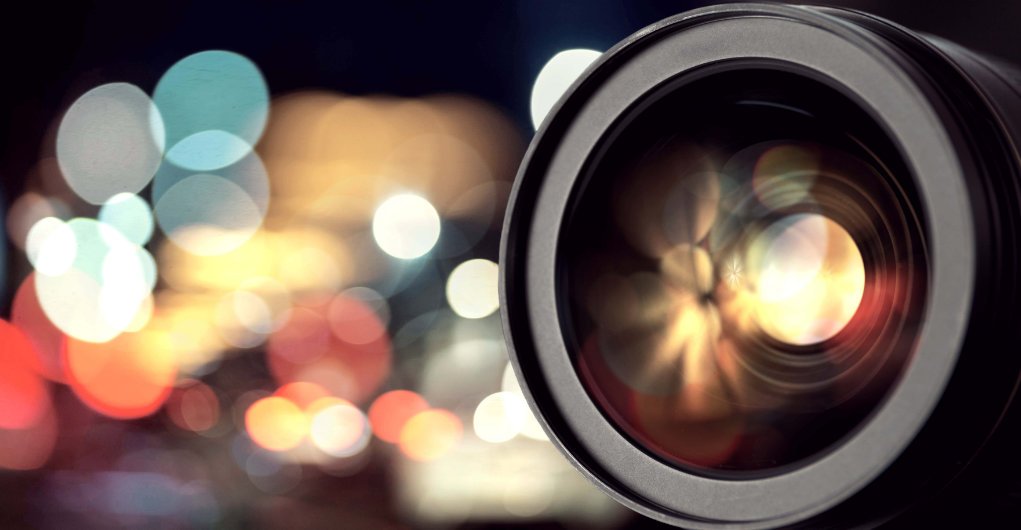
Do You Need A Specialty Lens?
If you’re drawn mostly toward landscape
Macro
Photographing birds, wildlife, and many sports is best done with a long lens. There are many zoom lenses available and some that extend to 500 mm or 600 mm at the extreme. As with other specialty lenses, this type of lens takes some time and practice to get used to.
If you are considering a specialty lens, you could try renting one you are interested in. This will enable you to get a feel for it without having to spend much money.
How Do You Decide What Lens to Buy?
Experience will help you know what lens to buy. About eight years ago, I realized my 50 mm f/1.4 lens was no longer focusing properly all the time. This was the first lens I had ever purchased, and I had been using it for 27 years. I took it to be repaired, but it was not worth the money. I think it was just worn out.
I loved it, especially for the wide aperture in low light. But I’d always preferred the wider angle of view of a 35 mm focal length. Buying a new 50 mm f1/4 lens was definitely going to be less expensive than a 35 mm f/1.4, but I looked into it anyway.
I wanted to find out how much it would cost and if the wider lens would still produce a lovely soft bokeh at the wider aperture settings. I surfed the web a little and soon discovered the bokeh on these lenses was beautiful. But the price was steep. Much more than a 50 mm lens cost.
I did some calculations. I figured that my old manual focus 50 mm had lasted me so long, and if I bought the 35 mm, I might expect even ten years’ worth of use out of it. This worked out to be less than 50c per day. So I bought it, and I have never regretted it.
My experience had taught me what focal length I prefer and that I love to photograph using a wide aperture setting. These were aspects of a lens I knew would be most important in my decision making. If you can identify what lenses you’re most likely to use and know what features are most significant, use these to guide your purchasing choices.

Should You Upgrade Your Camera or Your Lens First?
Some say upgrading your camera first is more important. They’ll tell you a more expensive camera will take better pictures. I beg to differ. A better photographer will get better results, no matter what camera they are using.
Others say that swapping your current lens can make all the difference, as it definitely affects picture quality. A cheap kit lens will often not consistently produce sharp images throughout its zoom range.
Final Thoughts
Hopefully, there will come a day when you’ll have the resources to purchase more advanced equipment. When that happens, you want to be prepared. If you know how to see potential in any kind of equipment, you’re guaranteed to make the most of your new purchase. You’ll be able to make the most of your new settings and tools within a short period of time.
Before that happens, embrace what you already have. Today’s smartphone cameras are very advanced. Apps and editing programs can all give you incredible tools to enhance your photographs.
Take Away
I hope this article has given you helpful insights. I cannot make this choice for you. Instead, asking questions to help guide you in the decision-making process is more practical.
Please let us know in the comments below if this article has provided you with practical help.




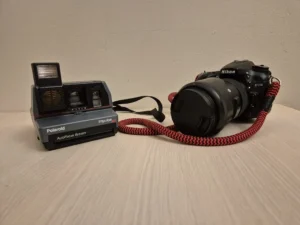





The photographer takes the photos, and the equipment is only there to help. I have to admit, however, that every photographer is probably tempted by modern conveniences. The best solution, however, is to constantly develop your photographic skills.